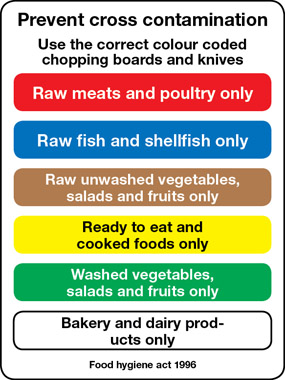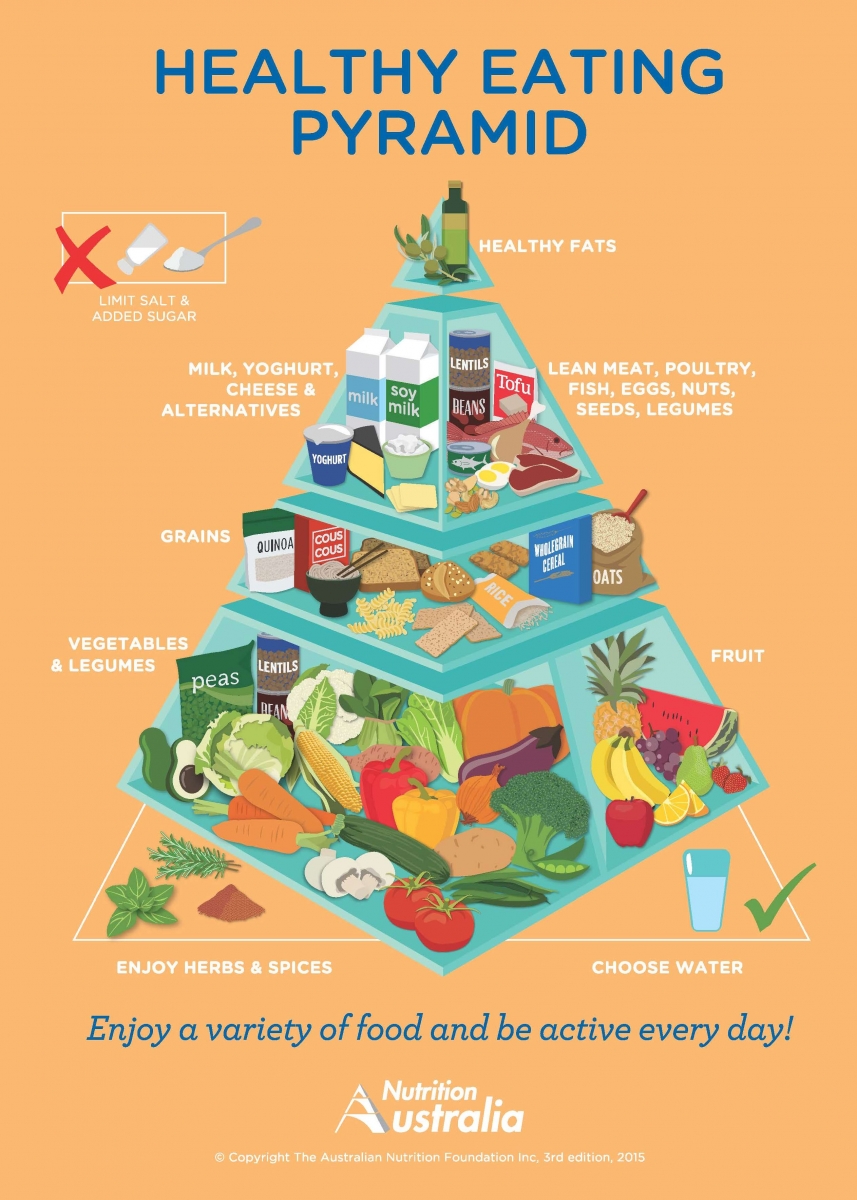41 energy on food labels
Nutrition labels decrease energy intake in adults consuming lunch in ... Abstract. Increased visibility of food labels is a potential method to reduce the rate of obesity. However, few empirical studies have investigated the impact of nutrition labeling on food selection or energy intake. This study tested the hypothesis that nutrition labeling in combination with nutrition label education would promote reductions ... Labelling-Determination of the energy content of food How is energy content recorded on labels? In the UK and other member states of the European Union manufacturers of pre-packaged food must label the nutritional energy of their products in both kilocalories ("kcal") and kilojoules ("kJ"). The energy content of food is generally given for 100 g and for a typical serving size.
Energy labelling of alcoholic beverages - Food Standards on-label energy content information is the best option to address the problem and is generally supported by stakeholders as the preferred option a shortened nutrition information panel (NIP), containing average energy content only, appears to be the most appropriate format for labelling of alcoholic beverages and was preferred by most ...
Energy on food labels
Why most food labels are wrong about calories - The Conversation A calorie is a measure of usable energy. Food labels say how many calories a food contains. But what they don't say is that how many calories you actually get out of your food depends on how highly... Nutrient function claims - Health claims on food labels ... Nutrient function claims are not made for a food per se; they may only be made respecting the energy value or nutrients in a food. For example, the nutrient function claim "Milk helps build strong bones and teeth" is unacceptable, because a nutrient function claim refers to the nutritional function of energy or a nutrient ( e.g. , calcium) in a ... Food Labels (for Teens) - Nemours KidsHealth A food with 5% or less of a nutrient is low in that nutrient. A food with 10%–19% of a nutrient is a good source of that nutrient. A food with 20% or more of a nutrient is high in that nutrient. The information on food labels is based on an average adult diet of 2,000 calories per day.
Energy on food labels. European Union energy label - Wikipedia A new energy label, introduced in 2010, is based on the energy efficiency index (EEI), and has energy classes in the range A+++ to D. The EEI is a measure of the annual electricity consumption, and includes energy consumed during power-off and standby modes, and the energy consumed in 220 washing cycles. For the washing cycles, a weighted mix consisting of … Nutrition labelling - Food Safety It must provide the energy value and the amounts of fat, saturates, carbohydrate, sugars, protein and salt of the food. The declaration must be presented in a legible tabular format on the packaging. Where space does not permit it, the information may be presented in linear format. Food labels: a guide to reading nutrition labels - MyDr.com.au The nutrition label displays the quantity of energy (measured in kilojoules) found in a serving and in 100 grams (or 100 millilitres if liquid) of the product. However, there are no standards for serving sizes and they are decided by the manufacturer. Nutrient function claims - Health claims on food labels - Food labels ... Nutrient function claims are not made for a food per se; they may only be made respecting the energy value or nutrients in a food. For example, the nutrient function claim "Milk helps build strong bones and teeth" is unacceptable, because a nutrient function claim refers to the nutritional function of energy or a nutrient ( e.g. , calcium) in a food, not a particular food ( e.g. , milk).
How Do They Calculate Calories on Food Labels? Additional research shows that energy values using traditional Atwater factors overestimate the energy value of almonds and pistachios by 32% and 5%, respectively. Our tips: We want to believe that the information on food labels is 100% accurate, but in reality, it is a compilation of best available data rounded to whole numbers. Food energy - Wikipedia Many governments require food manufacturers to label the energy content of their products, to help consumers control their energy intake. To facilitate evaluation by consumers, food energy values (and other nutritional properties) in package labels or tables are often quoted for convenient amounts of the food, rather than per gram or kilogram; such as in "calories per serving" or "kcal per 100 ... how to understand food labels - Eat For Health how to understand food labels What to look for… Don’t rely on health claims on labels as your guide. Instead learn a few simple label reading tips to choose healthy foods and drinks, for yourself. You can also use the label to help you lose weight by limiting foods that are high in energy per serve. 100g Column and Serving Size Should You Bite on Energy Bar Health Claims? - Consumer Reports Energy bar labels are covered in claims from "gluten free" to "non GMO." We counted 31 different types of assertions on the labels of the bars we looked at in our recent tests that had to do with...
Understanding Ingredients on Food Labels | American Heart ... Mar 06, 2017 · Food labels are an important source of information about calories and the nutritional value of the foods you eat, a crucial tool in building a heart-healthy diet. The Nutrition Facts information is always displayed in the same orderly fashion and helps you understand how much of certain nutrients that you need to limit are contained in the ... How to Calculate Energy From Foods | livestrong Step 1 Multiply grams of carbohydrate in the food by 4 calories per gram. A calorie is a unit of how much energy is in a given amount of food, also called a kcal. Regardless of whether the carbohydrate in food is sugar or starch, all carbohydrates provide the body with 4 calories/gram, explains Dr. Lauralee Sherwood in her book "Human Physiology." Food Labels | Nutrition.gov What's New with the Nutrition Facts Label. HHS, Food and Drug Administration. The U.S. Food and Drug Administration (FDA) has updated the Nutrition Facts label on packaged foods and beverages with a fresh design that will make it easier for you to make informed food choices that contribute to lifelong healthy eating habits. What's in a Name? Body Energy Club Body Energy Club | Oat Protein Powder. $32.99 BUY. Earn points. Images / 1 / 2. Body Energy Club | Oat Protein Powder. $32.99 Brand Body Energy Club. More Details → . Younited | All-In One Plant Protein + Superfoods. $64.99 ...
Understanding food labels: portions, energy | Health24 When next you look at a food label that says 'low in energy', first check the label to see how much energy it really contains. That energy bar we were discussing earlier may contain as much as 500kJ per 50g portion (which means it contains 1000kJ per 100g). Therefore, it is anything but 'low in energy'. Energy content of slimming products

Catering – Cross contamination Food safety chopping boards/knives identification sign - StockSigns
Food Labeling & Nutrition | FDA Food labeling is required for most prepared foods, such as breads, cereals, canned and frozen foods, snacks, desserts, drinks, etc. Nutrition labeling for raw produce (fruits and vegetables) and...
Label: Front of pack labels > Five key nutrients > Energy - Food label The energy a food delivers depends on the nutrients it contains. A gram of carbohydrates has four calories as does a gram of protein. One gram of fat contains nine calories and a gram of alcohol has seven calories. Eating too little energy'can be equally bad for health as it can mean the body isn't getting enough nutrients, which can be bad for ...
About the energy label and ecodesign | European Commission As a result of the development of more and more energy efficient products, and because the difference between A++ and A+++ is less obvious to the consumer, the EU energy labels categories will be gradually adjusted to reintroduce the simpler A to G scale. For example, a product showing an A+++ energy efficiency class could become a class B or lower after …
Energy in Food and Nutrition | Chemistry for Non-Majors | | Course Hero Use the information in this nutrition facts label to determine the amount of Calories (Cal = kcal) and kilojoules (kJ) from fat, carbohydrates and protein in the snack mix. Step 1: List the known quantities and plan the problem . Known Energy per gram Fat = 9 kcal/g (Cal/g) Carbohydrate = 4 kcal/g (Cal/g) Protein = 4 kcal/g (Cal/g) Grams Fat = 11 g
Calculate the energy content of foods - Dairy Science Calculate the energy content of foods. While this calculator can be used a simple food calorie counter it is an integral part of an article on food labelling. The article provides an insight to the use of food labelling as a governmental policy 'tool' in the 'battle' against obesity and explains the science underlying the calculations ...
How to read food labels | healthdirect Energy: A kilojoule is a measure of energy. To lose weight, you need to eat and drink fewer kilojoules (kJ) than you use. You should limit your intake of discretionary or junk foods — i.e. those that have more than 600kJ per serve.
How To Read Food and Beverage Labels | National Institute on Aging For more information about food labels USDA MyPlate 703-305-2060 U.S. Department of Health and Human Services 877-696-6775 U.S. Food and Drug Administration 888-463-6332 druginfo@fda.hhs.gov This content is provided by the NIH National Institute on Aging (NIA).



Post a Comment for "41 energy on food labels"